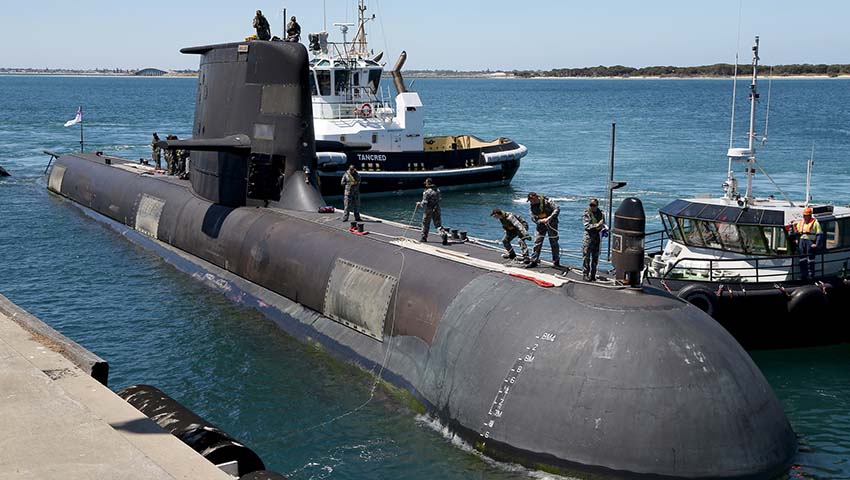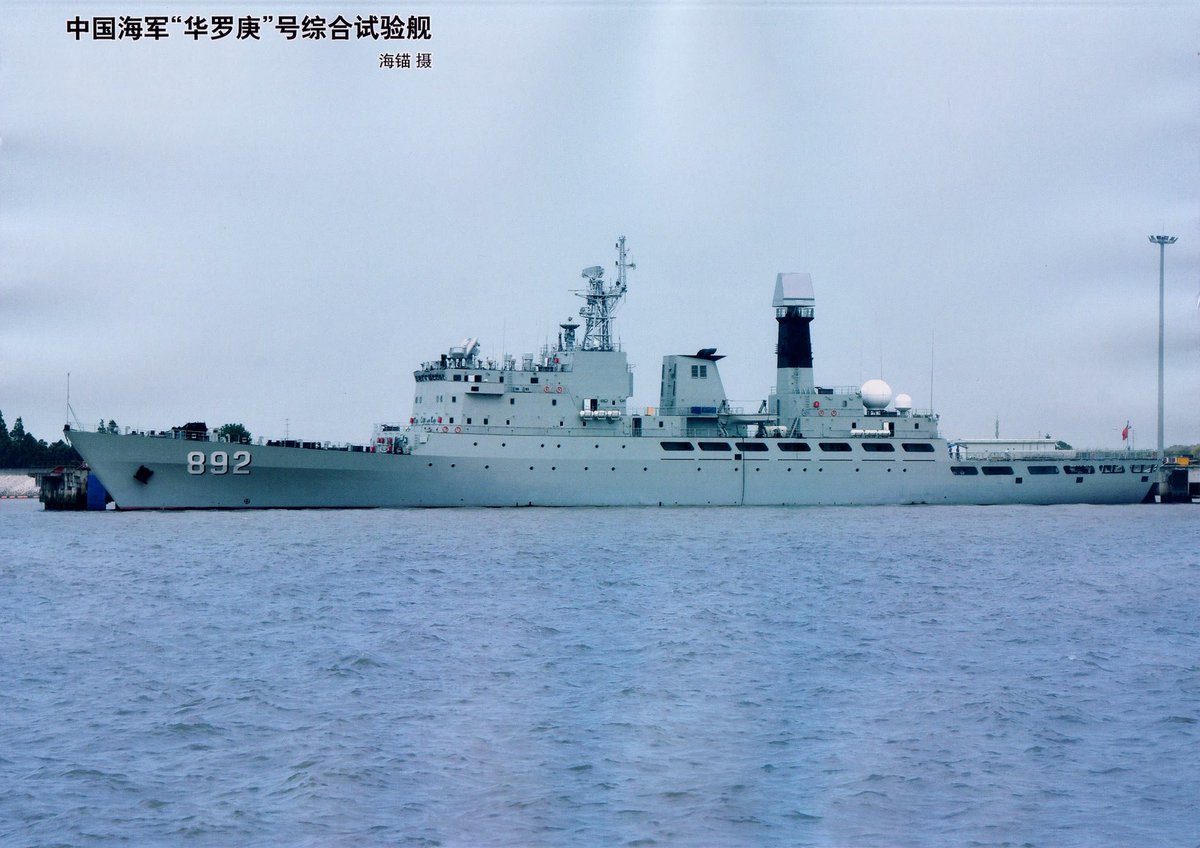Australian government just axed substantial parts of the LOTE (life extension) efforts for Collins submarines, while going ahead with the overall program. A few thoughts on the matter. Official statement here. 1/9
minister.defence.gov.au/media-releases…

minister.defence.gov.au/media-releases…

Key aspects:
1) Government received advice from Defence in consultation with US that adding Tomahawk to Collins is not viable and does not represent money for value.
No details. But torpedo tube launched Tomahawk is currently out of production. 2/9
1) Government received advice from Defence in consultation with US that adding Tomahawk to Collins is not viable and does not represent money for value.
No details. But torpedo tube launched Tomahawk is currently out of production. 2/9
In order for any production restart to make economic sense AU would have had to sign up for a group buy. Possible partners were RN, which uses tube-launched Tomahawk on Astute, and the Netherlands, who wanted to add capability to Walrus & also use it on Orka successor. 3/9
Dynamics are speculative. If RN showed no interest to commit in time, the buy shrinks. NL are currently engaged in troublesome procurement of French-produced Orka SSK, where US signaled they may be unwilling to nod off integration of Tomahawk at least (no word on Mk 48 yet). 4/9
The AU announcement has immediate repercussions on NL not getting Tomahawk for Walrus either. In their case same as with AU ambition of integrating land attack capability for a handful of very old SSK always looked IMO very dubious beyond the likely significant cost. 5/9
Whether NL Orka was one driver sinking this idea or whether it became collateral damage to shaky economics as outlined above is now an IMO very interesting question. Tomahawk for Walrus is likely dead either way.
Where this leaves RN Astute going forward is another question. 6/9
Where this leaves RN Astute going forward is another question. 6/9
2) Announcement also axes Safran optronic masts for Collins LOTE. This is a holdover from the Attack-program meant to go into Collins. Bit of an extra sting for the French I guess. My guess is this is simply a collateral of the overall LOTE now looking very shaky on scope. 7/9
In this context recent reporting on much more extensive than anticipated corrosion on at least two boats may or may not be an additional driver re other integration of pricey new gear.
Where this leaves Collins capability for bridging to Virginia/AUKUS SSN is tbc. 8/9
Where this leaves Collins capability for bridging to Virginia/AUKUS SSN is tbc. 8/9
Tl;dr: Collins LOTE one way or another may die a slow death here. Further reductions (propulsion) are conceivable.
This may even be a blessing in disguise given worst case RAN would have to manage three different submarine designs at the same time, IMO an absurd idea. 9/9/end.
This may even be a blessing in disguise given worst case RAN would have to manage three different submarine designs at the same time, IMO an absurd idea. 9/9/end.
• • •
Missing some Tweet in this thread? You can try to
force a refresh









